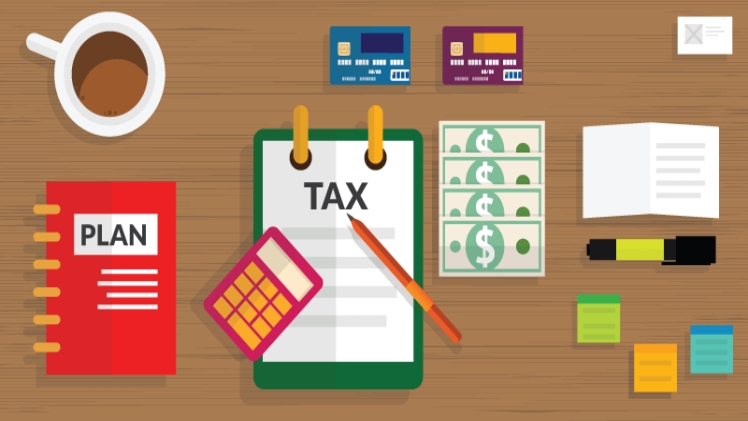With the beginning of a new year, come the new year’s resolutions, big dreams and yes, the responsibility of self assessment tax filing. Taxpayers start worrying about their tax liability as the month of March crawls closer and look for methods to save up their hard-earned money. But such rushed planning won’t really hold up when it is about your finances. So, let’s understand what tax planning is and the steps involved in this process.
What Is Tax Planning?
Tax planning is the way to reduce your tax liability and make the most of the available tax benefits. This is a process where you analyse your yearly income and various expenditures to plan your investments. By doing this, you can save up on taxes and also reap the benefits from your financial investments. Many a time taxpayers leave this for the last minute only to scurry with their tax planning. However, it is crucial to manage your earned income by planning your taxes for the long term by investing in suitable life insurance plans (for example – Term insurance). So, here’s how you can start with your own tax planning and learn the basics:
-
Step 1: Consider your income
So, to begin with tax planning, you must take an accurate figure of your monthly and annual income into account. On knowing how much you exactly earn per year, you can find out if you are liable to pay taxes or not. Hence, the next step is to understand the tax slabs.
-
Step 2: Know your tax slab
Every individual is supposed to pay taxes regularly. But it is applicable only if your income is taxable. If your salary is above the basic exemption limit, then you need to make income tax payments. So, firstly you need to know if your income is above the limit set by the Indian Government. As the slab rates vary based on the income, the taxes differ as well.
Every taxpayer is divided into several income groups to estimate at what rate will their income be taxed called as a tax slab. You may begin your first job at a low salary that is less than the exemption limit. But with appraisals and salary increase, the tax slab applicable to you will change. You can find these numbers on the official website of the Income Tax Department.
But is there any way of reducing the amount of taxes you need to pay? Find out in step 3:
-
Step 3: Take advantage of deductions
To legally reduce your income tax liability, you can invest in tax-saving financial instruments to claim deductions. But what are deductions? It is a type of tax benefit that you can avail to reduce taxes. This deduction is subtracted from your total income and the remaining is the taxable sum. Now, there are numerous tax-saving options available in the market with varying risks and returns. Based on your financial needs and how much risk you can afford to take, you can pick a tax-saving instrument to decrease your tax liability. But ensure that you consider investment options that help you claim different deductions. For example, with health insurance, you can claim the premium under Section 80D while the premiums for life insurance like ULIP plans can be claimed under Section 80C.
-
Step 4: Estimate the tax exemptions
Tax exemptions are also another way of reducing your income tax liability on certain portions of your income. For example, you can avail a tax exemption on the House Rent Allowance that your employer pays. This is applicable only if you live in a rented accommodation and is valid for both salaried and self-employed individuals.
-
Step 5: Pick suitable investment options
Though tax-saving instruments go a long way in decreasing your taxes, it is advised to view it as more than just that. Many individuals end up investing in insurance policies such as ULIP plans or term insurance plans for tax benefits but don’t make the most of it. Thus, it is recommended to choose suitable financial tools and also benefit from its features apart from the tax perks.
Visit Here : newsfilter
These are some basics of tax planning that can help you with investing well and saving on taxes. By following these steps, if you want to estimate your income tax liability, you can use the income tax calculator available online. Apart from the official one, you shall also find various third-party income tax calculators.

